| s/y Nine of Cups Yosemite National Park, California May 2012 |
| Once again, thanks to John Muir for recognizing the natural magnificence of this place and his efforts in the past to insure it thrives today. |
| Yosemite National Park covers an area of 761,268 acres and reaches across the western slopes of the Sierra Nevada Mountains. Designated a World Heritage Site in 1984, Yosemite is internationally recognized for its spectacular granite cliffs, waterfalls, clear streams, Giant Sequoia groves, and biological diversity. Almost 95% of the park is designated wilderness. Although not the first designated national park, Yosemite was central to the development of the national park idea, largely owing to the work of people like Galen Clark and, of course, John Muir. |
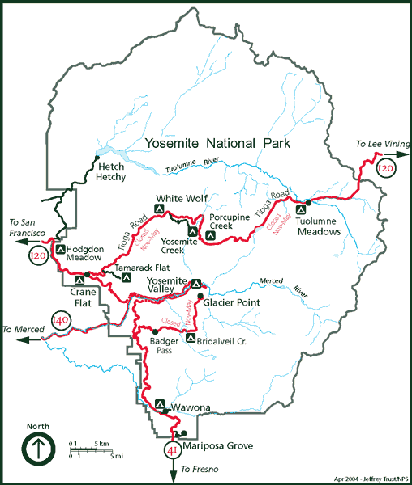
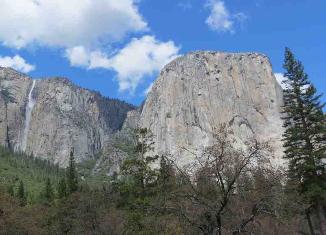
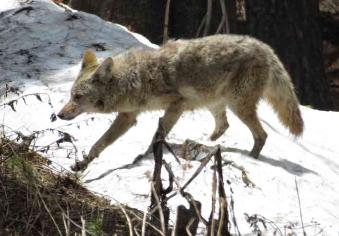
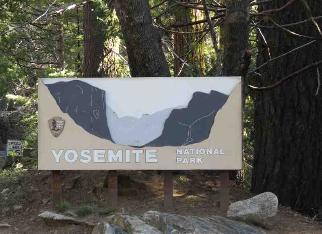
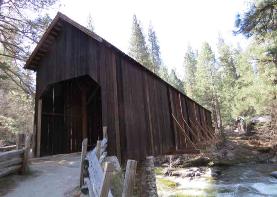
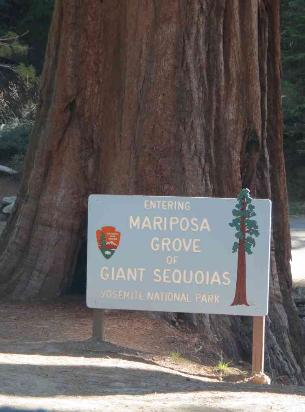
| First stop, Giant Sequoias |
| The Wawona Pioneer Village site near the park entrance is comprised of a collection of historic buildings from different eras in Yosemite’s history. The Wawona Covered Bridge, built in 1868 to span the Merced River, is one of the village's gems. |
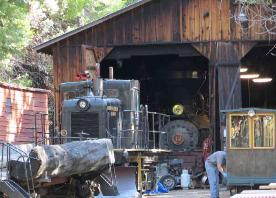
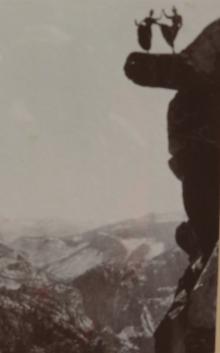
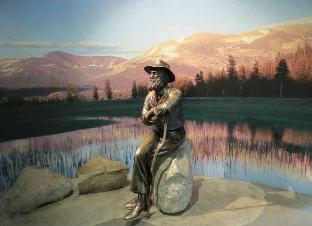
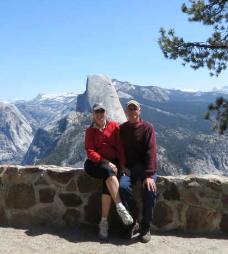
| The Yosemite Mountain Sugar Pine Railroad is an historic narrow gauge railway which runs along the historic route of the Madera Sugar Pine Lumber Company. Too early in the season for a ride, but we were able to sneak a peek. |
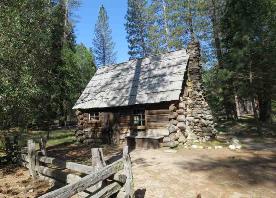
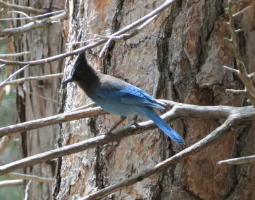
| Birds were abundant in the groves of trees. Above, the bright blue feathers of this stellar jay really stand out. |
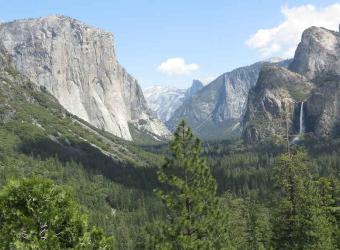
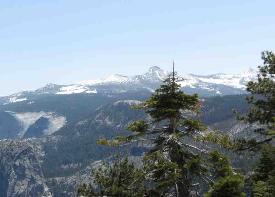
| During the crowded summer months, visitors are encouraged to use shuttle buses which visit all the iconic sights in the park. Early in the season, we were on our own. The views from Glacier Point above were magnificent. We posed in front of the Half Dome formation. Innumerable cascades graced the granite cliffsides. To the right, I nicked a black and white photo of two ladies in the 1890's kicking up their heels after a Half Dome ascent....in skirts no less! |
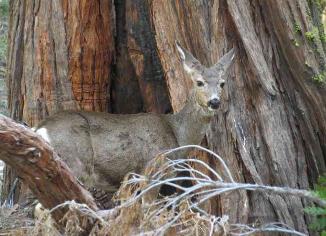
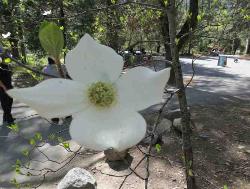
| El Capitan (7,569') towers 3,593' above the valley floor. A formidable peak, rock climbers from around the world come here to challenge their abilities on its granite face. |
| Pacific dogwood blooms in the park at the Visitor's Center and pine cones lie dormant on the valley floor. The Cathedral Spires were indeed, in"spiring". |
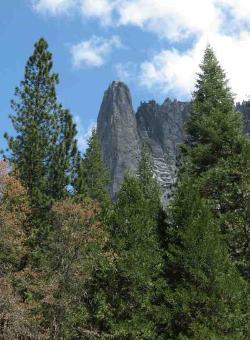
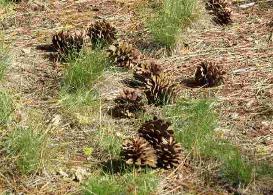
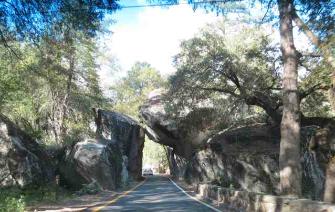
| A coyote crosses a snowdrift |
| A mule deer pauses by a Giant Sequoia |
| Arch Rock is the southwest exit to Yosemite at El Portal, a long, serpentine scenic byway that follows the course of the Merced River. |
| Our timing for visiting Yosemite was good and bad. Many trails were closed due to snow. Some of the Visitor's Centers and museums were not yet open for season. That said, coming in the summer months when tourist season is at its peak would have been absolutely terrible. When we return (and we will), we'll plan either to arrive a couple of weeks later in May or perhaps towards the end of September. All in all though ... this park was wonderful. From Yosemite, we'll do some fun trips to a butterfly fest, through California Gold Country and then cross over Sierra Nevadas. Come along for the ride? American Odyssey 2012 The next national park on the itinerary? Great Basin NP in Nevada |